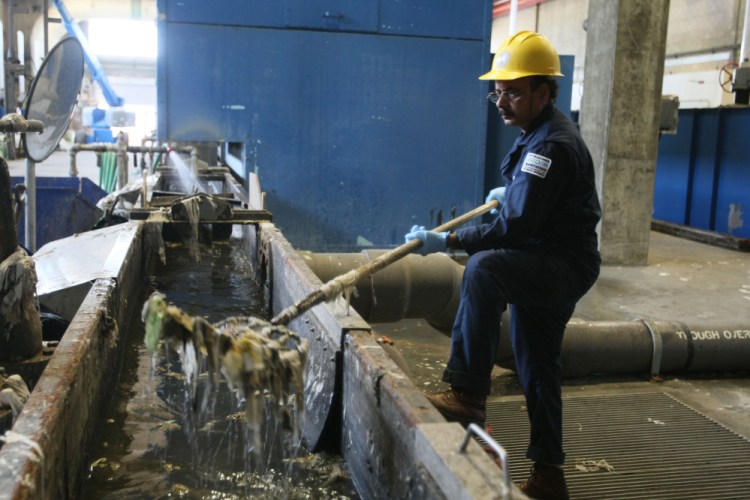LOS ANGELES — Every day Southern California hospitals unleash millions of gallons of raw sewage into municipal sewers.
The malodorous muck flows miles to one of the region’s sewage plants, where it is treated with the rest of the area’s waste and then released as clear water into a stream or directly to the Pacific.
Scientists at the Environmental Protection Agency recently announced they had discovered a lethal superbug – the same one that caused outbreaks at UCLA and two other Los Angeles-area hospitals – in sewage at one of those plants. They declined to name the facility.
EPA scientists did not test treated wastewater flowing out of the plant to determine whether it still contained CRE, or carbapenem-resistant enterobacteriaceae.
But a growing number of studies show sewage plants can’t kill the superbugs. Instead the facilities serve as “a luxury hotel” for drug-resistant bacteria, a place where they thrive and grow stronger, said Pedro Alvarez, a professor of environmental engineering at Rice University, one of the scientists studying the problem.
Alvarez and other researchers say the failure of sewage plants to eliminate the dangerous bacteria is one way they may be spreading from hospitals to the environment.
“Chlorine is just not doing it,” Alvarez said of the treatment used by most plants.
The fear is that healthy people otherwise not at risk from the bacteria – including swimmers at the beach – could be infected.
Already officials are worried about the surprising number of people sickened with CRE who haven’t recently visited a medical facility: 8 percent, according to an October study.
Hospitals are not breaking laws by releasing the sewage. There is no specific regulation of bacteria resistant to antibiotics.
Deemed the “nightmare bacteria” by federal officials, CRE survives nearly all antibiotics. It kills as many as half its victims.
Send questions/comments to the editors.



Comments are no longer available on this story